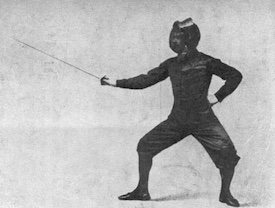amirm
Member of the Trade: Madrona Digital
Have you googled auditory masking? Seems like you don't even have the benefit that much education. It has nothing to do what you are describing. It is a phrase you have heard about and thought it is the explanation for what is a poorly implemented EQ.Google auditory masking, champ. Read the tests using tones. Think about how that might apply to music. What sort of frequencies might exhibit the biggest effect? Then try it for yourself.
My yellow highlighter has gone dry I’m afraid. You’re going to have to do your own test. I’m not your personal geek squad.
Really it is no different than what subjectivists do in attaching technical attributes to stuff that makes no sense. "This USB cable sounds better because it has lower EMI." Yes, there is such a thing as EMI. No, it doesn't make your USB cable sound any better.
What you seem to be saying is that you can say whatever you want on a technical topic but when asked to demonstrate its correctness you are going to refuse to do so. What kind of science discussion is this???
If there is science, point it out. Just give a link and a quote. Not hard. Certainly a lot less work than writing these posts.
I ask again: how do you know his system was "balanced" and "flat?" You do understand that it takes herculean effort to even get to +- 3db in room response. Yes? Your friend's room is likely to be way, way outside of this range.As I noted before, this test requires a calibrated system. I could give you an audio file to demonstrate it, but if your system is unbalanced, it would likely be muddled up. The demonstration I heard was shared with me by a professional sound mixer on his own reference system. If your system isn’t flat, I would recommend finding an AV monkey in the yellow pages to calibrate your system for you. He might even be able to explain auditory masking to your satisfaction.[
Genelec (top 3 manufacturer of professional/studio monitors) published this great AES paper, showing a survey of different recording rooms that used their speakers. This was the result:

And these are with speakers that pre-calibrated prior to leaving the factory. As you see, there is no such thing as "flat." So no, your friend did not have such a room. You are just assuming it did, or trying to say that now after the fact.
Going along with your argument anyway, if this requires a flat system, and nobody has it, why is it of any concern in these discussions?
Bottom line, this is a fish story. We all have them.
 But let's not confuse fantastical ones with reality. You are totally confused by what auditory masking is.
But let's not confuse fantastical ones with reality. You are totally confused by what auditory masking is.Has anyone else heard what Bigshot is talking about here? Who here is convinced of this and wants to explain why it is true?
Last edited:





















